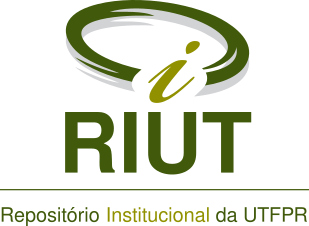Innovation policy design to scalable crypto-assets in urban public services
Resumo
This article examines the suitability of crypto-assets in IoT solutions for smart cities from the perspectives of top-down and bottom-up innovation models, discussing the risks and conditions for a secure implementation in accordance with the Precautionary Principle. The emerging technology of the Internet of Things (IoT) promises to solve urban problems through data collection and processing for effective decision-making, which is essential for smart cities. Challenges such as data security, interoperability, and hacking risks persist. Crypto-assets, with their decentralization and security, emerge as potential solutions to these challenges. After discussing the taxonomy of urban innovation policies and associated risks, the study investigates cases of crises in global smart cities, exploring how crypto-asset-based initiatives seek to address these risks. It is found that the distributed nature of crypto-assets addresses typical problems of smart cities, but operational risks, as seen in the cases of IOTA and VEChain, require caution regarding the system's security, indicating a better compatibility with the bottom-up innovation model. The results propose ways to integrate this new technology into urban services, aiming to increase well-being and robustness to prevent failures in the implementation of these services.
Palavras-chave
Texto completo:
PDF (English)DOI: 10.3895/rbpd.v14n2.18245
Apontamentos
- Não há apontamentos.

Esta obra está licenciada sob uma licença Creative Commons Atribuição 4.0 Internacional.





